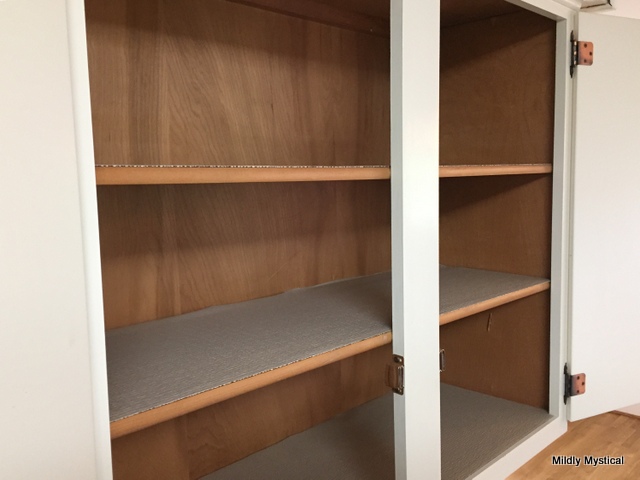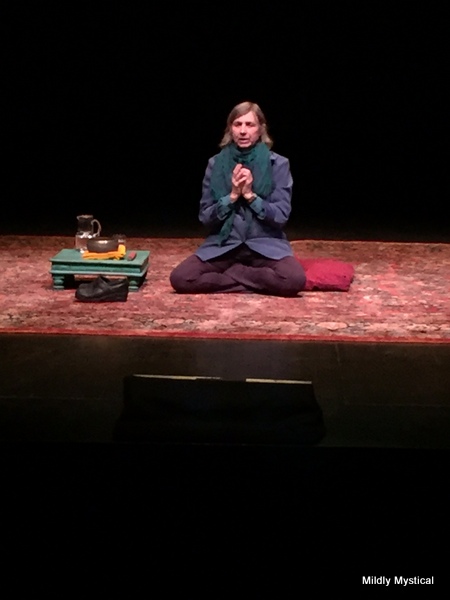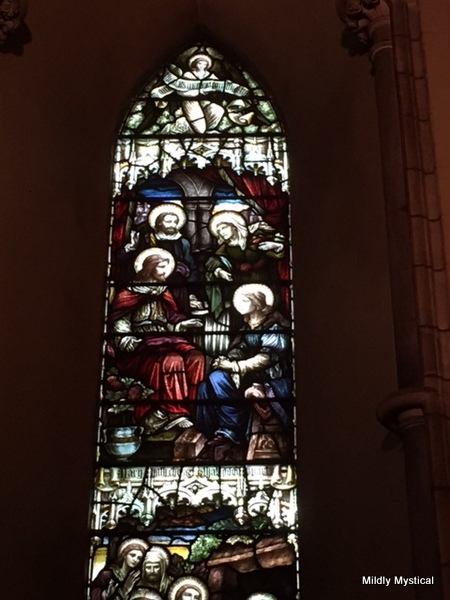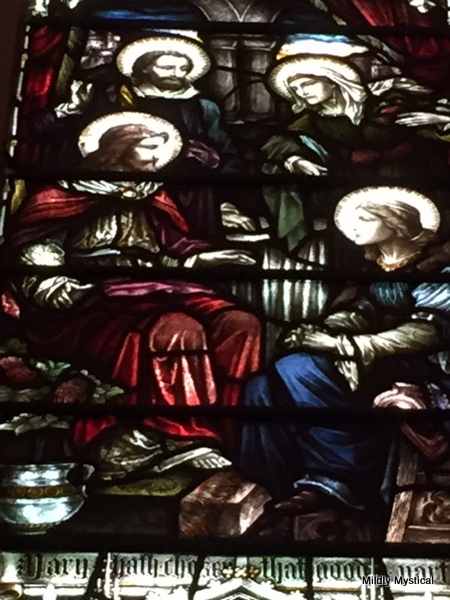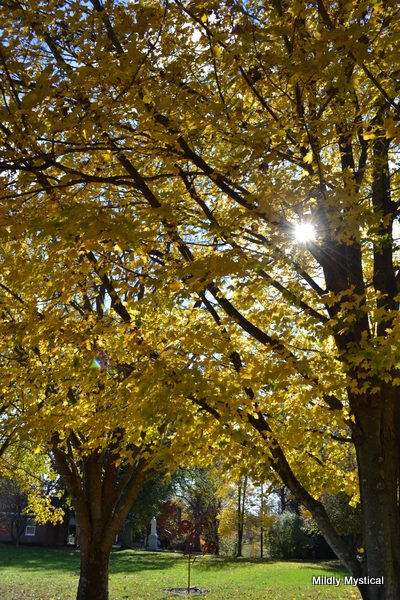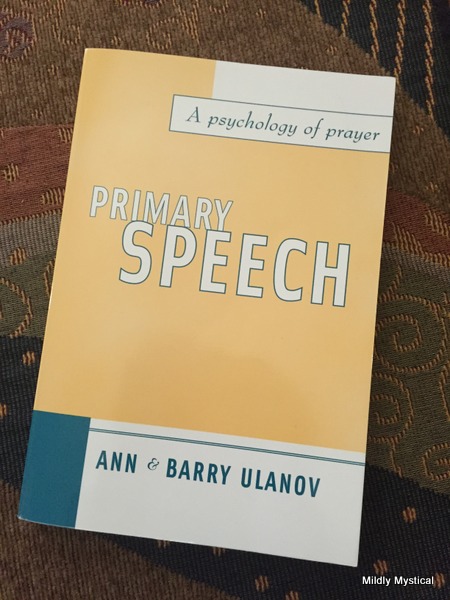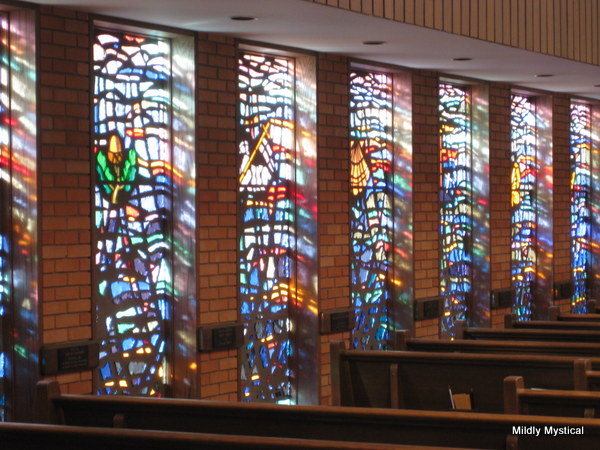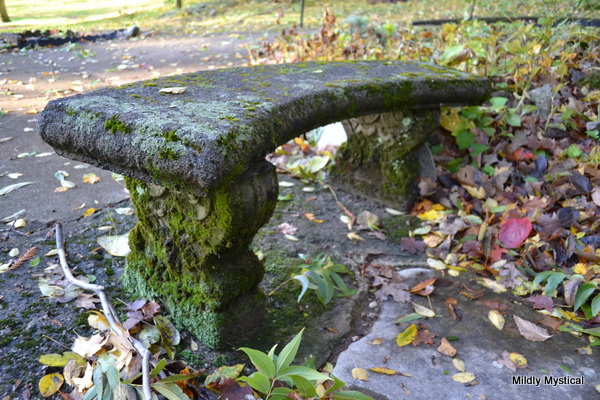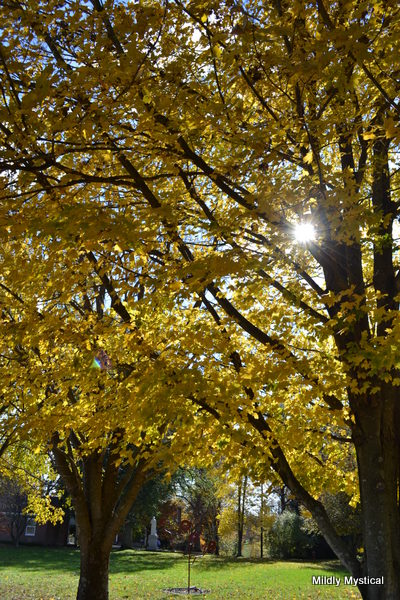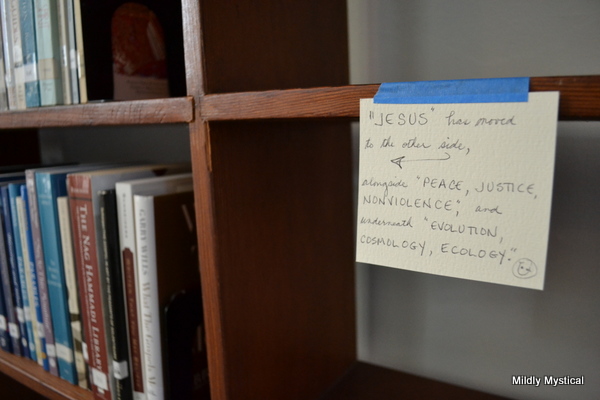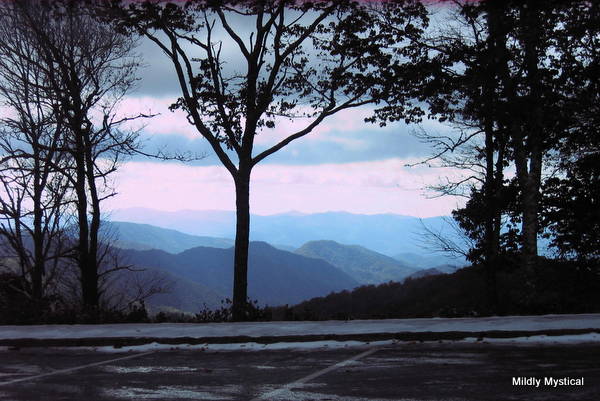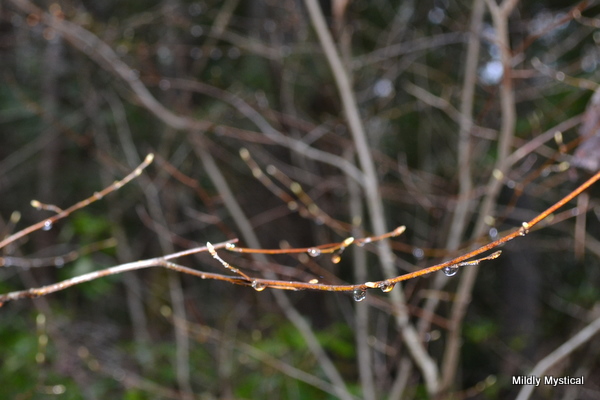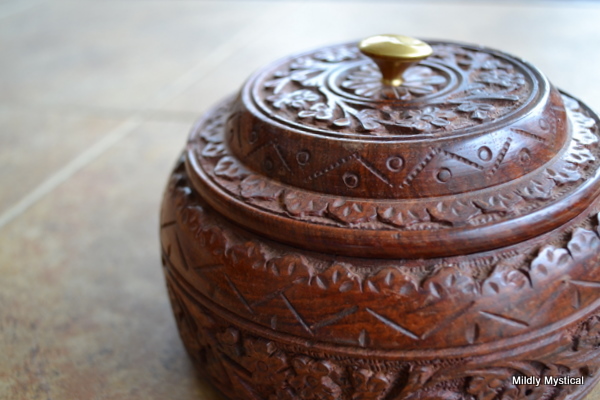The timing of a move this summer gave me a few days to ready the space before I moved into my new home. It was a chance to get to know the house itself, uncluttered with furniture or boxes, seeing how the light filled the rooms and changed throughout the day. I played a radio that echoed through the empty spaces while I prepared for my things to arrive.
One task was to put down clean shelf paper in the kitchen cabinets and drawers. Even before the boxes were moved in I was eager to get them unpacked and organized into a working kitchen, so I wanted all of the shelves ready to hold the things I needed.
It took forever, or at least it seemed to. Cutting the liner to the right dimensions made me aware of every inch of storage behind cabinet doors and drawer fronts. I allocated an evening for the job, but at the end of the evening I was so far from finished that I questioned the value of the whole enterprise. What had seemed like a good idea turned out to be more of an investment than I realized. But the shelves I had lined were clean and inviting, and I wanted all of them to feel that way. So I kept going.
The payoff showed up when I was unpacking boxes and working to put things in order. With that basic, foundational work done, the shelves were ready to hold what was needed.
Foundational work of any kind takes longer than we think. We underestimate what’s required to do it properly because in daily life the foundations aren’t obvious. Once the dishes are put away the shelf paper is practically invisible—unless it’s done badly, in which case it’s a continual vexation.
In spiritual life, the foundation is laid by cultivating the ability to be fully present and fully aware. It’s not until we’re able to notice what’s happening inside ourselves—our mental habits, our emotional patterns, our places of physical tension—that we become able to see clearly what’s going on in the world around us.
That practice of being present, of being awake and aware, is how we become receptive to the divine force that holds and guides us through life. Being present is how we become more loving; we can only love when we actually show up in this moment.
It’s easy to convince myself that I’m truly here because my body is. But my mind and heart go off on their own, wandering the same old paths, and lose connection with the body. If I’m not settled enough to feel my feet on the floor and the breath expanding my chest and belly, then I’m probably running my habitual patterns inside instead of truly showing up here and now. Not being in the body is a good clue that I’m not receptive to what life is offering right now.
Cultivating this practice takes even longer than putting down shelf liner. Preparing ourselves to receive the contents of whatever new box the day unpacks is the work of a lifetime. Yet when we are prepared to receive what comes, we’re better able to respond in freedom instead of from reflex. We’re more able to act from a place of love. The practice of mindfulness and meditation is something like laying down a clean lining for the shelving in our minds and hearts, and being conscious of what we will store there.

